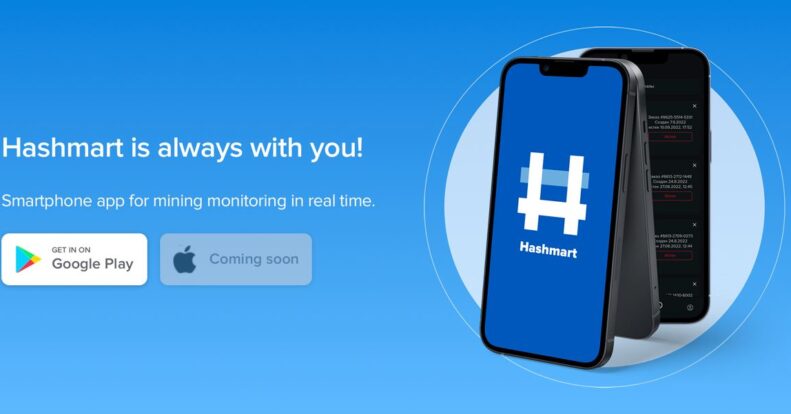What was 2020 like for Bitcoin forks?

In the cryptocurrency world, forks have long been called all cryptocurrencies except Bitcoin. Their creators usually took Bitcoin’s source code and made not very significant changes to it. Later, in 2013-2014, cryptocurrencies with the original code base written from scratch began to appear. Therefore, new cryptocurrencies began to be more commonly referred to as altcoins. Several of the most popular BTC forks have become quite well-known in the market, let’s talk about them in this article.
Bitcoin Cash
In 2017, a group of influential Bitcoin developers decided to hold a hardfork, leading to the creation of an entirely new cryptocurrency and standalone blockchain, Bitcoin Cash (BCH). The main reason for this split was that transaction fees on the Bitcoin network were becoming too expensive. In fact, transactions in 2009 cost less than a cent, but the price per transaction soon rose to several dollars. Before the Bitcoin fork was released, however, the development team tried to convince the Bitcoin community to make the necessary changes to the original Bitcoin client.
The changes the development team wanted to make were to increase the maximum block size from 1MB to 8MB. This would allow miners to add more transactions to the block, which would reduce the fee that Bitcoin users pay for transferring funds.
In 2020, Bitcoin Cash went through a rather important procedure – a hardfork. On 15 November, the Bitcoin Cash network underwent a hardfork, splitting its blockchain into two incompatible chains. The update took place on block 661 447, which was the last joint block for the Bitcoin Cash ABC and BCHN teams. The next block 661 448, which exclusively supported BCHN, was found four minutes later by the Antpool pool.
Bitcoin Gold
The Bitcoin Gold blockchain was officially launched in October 2017. While Bitcoin Cash tried to address the issue of expensive transactions, the people behind Bitcoin Gold wanted to make Bitcoin more ” decentralized”. While Bitcoin is still technically decentralized and the system is not controlled by any single authority, nor is it backed by a central bank or the state, there are still some concerns about the way transactions are verified.
All because the vast majority of Bitcoin miners are controlled by just a few pools in China. A mining pool is a place where people pool their hardware capacity to increase the chances of getting a mining reward.
Once the reward is received, it is distributed to the pool members based on how much power each person has invested. This ultimately gives the people running the mining pool a lot of power and influence over the network, which is why some feel that mining has become too centralised.
In the early days, before mining pools became common, you could mine using your computer’s CPU and GPU, which meant that everyone could do it from the comfort of their own home.
Those days are long gone, if you want to win a reward per block – not only do you need to be a member of a pool, but you need to have really expensive ASIC mining equipment. In response, Bitcoin Gold has made a new mining process that ensures that ASIC equipment cannot be used, meaning that everyone has an equal chance of becoming a participant in the cryptocurrency market.
Bitcoin Private was officially launched in March 2018, but it wasn’t really a fork of the original Bitcoin in the literal sense. That’s where the complexities come in:
- Bitcoin Private is a fork of the cryptocurrency ZClassic
- ZClassic – a fork of the cryptocurrency ZCash
- Zcash is a fork of the Bitcoin cryptocurrency
Its founder and chief developer Rhett Creighton also created ZClassic, and other followers have since joined the team. Creighton’s idea was to combine the privacy and secrecy of ZClassic with the security and popularity of Bitcoin.
Bitcoin Diamond
Bitcoin Diamond was a direct fork from the original Bitcoin. The main goal of its development team was to allow users to remain even more anonymous. In that sense, its purpose is very similar to Bitcoin Private.When Bitcoin Diamond was first launched in November 2017, the distribution of coins took place in a slightly different way from the ones I mentioned earlier. While the other forks kept 21 million coins, Bitcoin Diamond increased that number by a factor of 10. As a result, if you held 0.5 BTC at the time of the Bitcoin fork, you would get 5 Bitcoin Diamond (BCD) coins.
As with Bitcoin Cash, the maximum block size has been increased from 1MB to 8MB and the transaction confirmation time is 10 minutes. Some people in the cryptocurrency community believe Bitcoin Diamond is a fraud, and many are unhappy that the team has not even released an official white paper.
Prospects for Bitcoin forks
One of the key indicators of a cryptocurrency’s viability is its blockchain resilience. And this is primarily indicated by the cost of conducting a “51% attack”.
However, such attempted attacks are mostly never carried out and are largely theoretical in nature. The fact is that almost all altcoins “grow” an ecosystem, most of whose participants have a vested interest in ensuring their stability.
BCH and BSV are reproached by the low revenue share of their miners, which ensures that altcoin transactions are not burdened by high commissions. But the level of interest of miners in mining these coins is also not a direct indicator of the viability of these projects. After all, when asset prices rise, they will go back to mining them. Therefore, the baseline is the demand for altcoins, which means it is worth paying attention to the dynamics of these assets’ quotes, which are not disappointing over long timeframes so far.
Learn more interesting facts about different blockchains with our Bitcoin cloud mining platform Hashmart.io!





